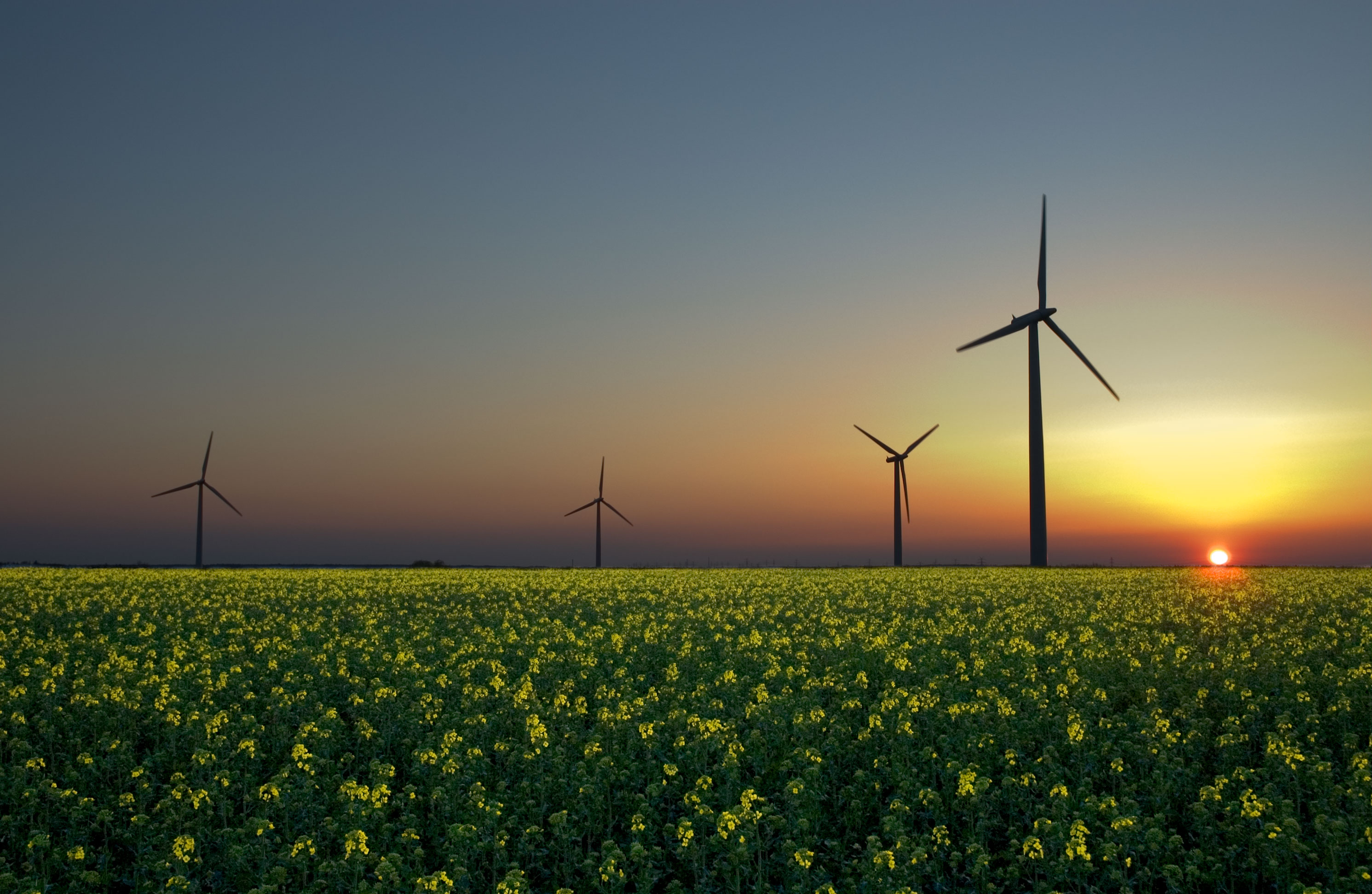Essay on the sources of sustainable energy. Wind energy is the kinetic energy associated with the movement of atmospheric air. It has been used for hundreds of years for sailing, grinding grain, and for irrigation.
Wind energy
ADVERTISEMENTS:
Wind energy is the kinetic energy associated with the movement of atmospheric air. It has been used for hundreds of years for sailing, grinding grain, and for irrigation. Wind energy systems convert this kinetic energy to more useful forms of power. Wind energy systems for irrigation and milling have been in use since ancient times.
Since the beginning of the 20th century, wind energy is being used to generate electric power. Windmills for water pumping have been installed in many countries particularly in the rural areas. Wind turbines transform the energy if the wind, into mechanical power, which can then be used directly for grinding etc. or further converting to electric power to generate electricity. Wind turbines can be used singly or in clusters called ‘wind farms’. Small wind turbines called aero-generators can be used to charge large batteries. Five nations – Germany, USA, Denmark, Spain and India – account for 80% of the world’s installed wind energy capacity. Wind energy continues to be the fastest growing renewable energy source with worldwide wind power installed capacity reaching 14,000 MW.
India ranks 5th in the world with a total wind power capacity of 1080MW out of which 1025 MW have been established in commercial projects. Realising the growing importance of wind energy, manufacturers have steadily been increasing the unit size of the wind electric generators since the late 1980s. Another important development has been the offshore (i.e. in the sea) wind farms in some regions of Europe, which have several advantages over the on-shore ones. The third major development has been die use of new techniques to assess the wind resource for techno-commercial viability. This energy is used for: sailing ships, pumping water/Irrigation, grinding grains, power generation.
In India the states of Tamil Nadu and Gujarat lead in the field of wind energy. At the end of March 2000, India had 1080-MWs capacity wind farms, of which Tamil Nadu contributed 770-MW capacity. Gujarat has 167MW followed by Andhra Pradesh, which has 88 MW installed wind farms. There are about a dozen wind pumps of various designs providing water for agriculture, afforestation, and domestic purposes, all scattered over the country.
ADVERTISEMENTS:
Water energy
Hydropower is one of the best, cheapest, and cleanest sources of energy, although, with big dams, there are many environmental and social problems as has been seen in the case of the Tehri and the Narmada Projects. Small dam are, however, free from these problems. This is in fact one of the earliest known renewable energy sources, in the country (since die beginning of the 20th century).
In fact, for the last few hundred years, people living in the hills of the Himalayas have been using water mills, 01 chakki, to grind wheat. The 130 KW small hydropower plant in Darjeeling set up in 1897, was the first in India Besides being free from the problem of pollution, such plants are also free from issues and controversies that an associated with the bigger projects, namely affecting the lives of thousands of people living along the banks of the rivers, destruction of large areas under forest, and seismological threats.
New environmental laws affected by the danger of global warming have made energy from small hydropower plants more relevant. These small hydropower plants can serve the energy needs of remote rural areas independently. The real challenge in a remote area lies in successful marketing of the energy and recovering the dues, Local industries should be encouraged to use this electricity for sustainable development.
ADVERTISEMENTS:
Tidal energy
Waves result from die interaction of the wind with the surface of the sea and represent a transfer of energy from the wind to the sea. Energy can be extracted from tides fey creating a reservoir or basin behind a barrage and then passing tidal waters through turbines in the barrage to generate electricity. It is a technology with enormous potential, which could exploit the water resources to supply energy to remote rural areas with little access to conventional energy sources. It also eliminates most of the negative environmental effects associated with large hydro projects.
Ocean thermal, tidal and wave energy can also be produced. Large amounts of solar energy are stored in the oceans and seas. On an average, the 60 million square kilometers of the tropical seas absorb solar radiation equivalent to the heat content of 245 billion barrels of oil. Scientists feel that if this energy can be tapped a large source of energy will be available to the tropical countries and to other countries as well. The process of harnessing this energy is called OTEC (Ocean Thermal Energy Conversion). It uses the temperature differences between die surface of the ocean and the depths of about 1000m to operate a heat engine, which produces electric power. In some countries such as Japan small-scale power generators run by energy from waves or the ocean, have been used as power sources for channel marking buoys.

